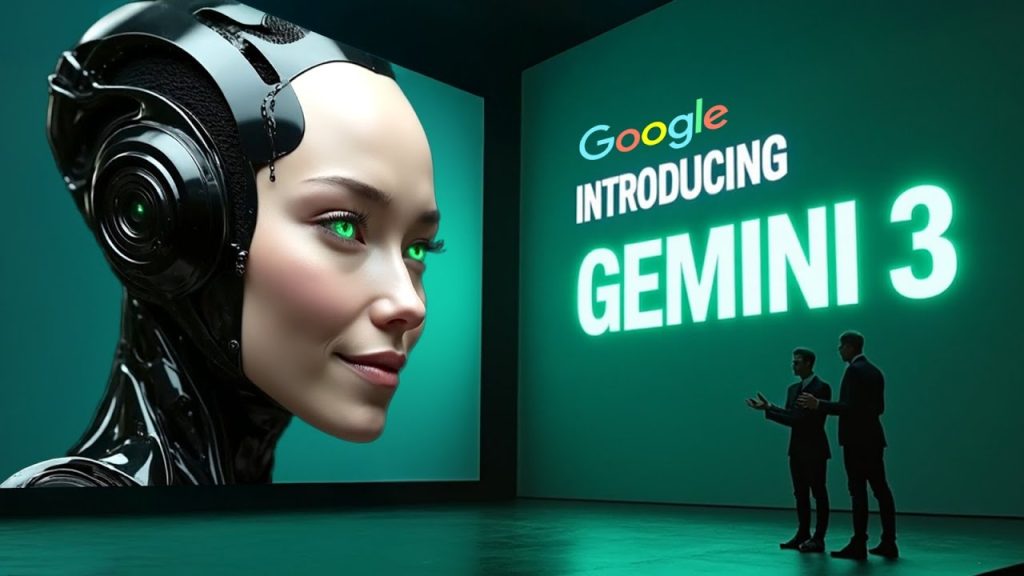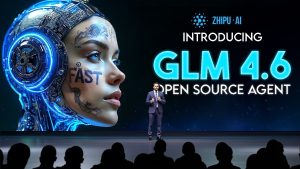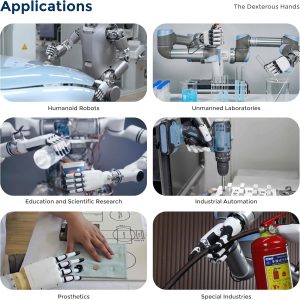Google Gemini 3 Stuns Online: Users Completely Astonished by Its Features

The Rapid Evolution of AI: Gemini 3, OpenAI’s New Study, and the Surge of OVI
In a week buzzing with innovation, the AI landscape has seen significant developments that could shape our future workforce. With Google’s secret testing of Gemini 3, OpenAI’s alarming new study about job displacement, and the emergence of the open-source model OVI, the competition within the tech giants and the open-source community is heating up.
Google’s Secret Testing of Gemini 3
Google has been quietly conducting A/B tests for Gemini 3 within its AI Studio, hinting at the internal benchmarks for a system referred to as Gemini Beta 3.0 Pro. Although it’s not yet selectable in the model dropdown, developers have spotted it popping up under starter apps, suggesting an imminent public launch—likely coinciding with their anticipated “Gemini at Work” live stream.
Early testers are claiming that Gemini 3 excels in complex coding tasks, especially in front-end development. One compelling example involved the model generating a perfect SVG of a PlayStation 4 controller, showcasing not merely text reasoning but genuine graphical precision. In performance comparisons with Anthropic’s Claude 4.5 Sonnet, Gemini 3 outperformed in SVG generation in both accuracy and speed. Its enhanced multimodal understanding indicates a stronger ability to integrate and process both text and visuals.
Further updates reveal a redesigned user interface in AI Studio featuring a new “My Stuff” gallery—an integration that transforms the workspace into a cohesive ecosystem rather than a static environment.
Variants of Gemini 3
Gemini 3 arrives in multiple forms. There are two main versions: Gemini 3 Pro, aimed at advanced reasoning and longer tasks, and Gemini 3 Flash, tailored for speed. This strategy is emblematic of Google’s approach, targeting diverse user needs from power users to those requiring faster responses. Researchers involved with the project have noted developments like “deep think” for multi-step reasoning and an “agent mode” designed for browser control—thus allowing the model to execute research or data entry directly online.
Even the rollout plan is methodical, with enterprise users getting early access this month through Vertex AI. Developers will gain entry from November to December, while a consumer launch is tentatively set for early 2026, focusing on Android 17 and Google Search initially.
The Emergence of the Open-Source Model OVI
In stark contrast to Google’s commercial approach, an open-source model named OVI has taken the scene by storm. With a text-to-video diffusion backbone based on 12.25B, OVI can generate brief clips at 24 frames per second in 720p quality. Users simply type in a line of dialogue, and the AI produces a character that speaks in a synchronized manner. The capabilities extend to image-to-video functionality, allowing still images to come to life while matching mouth movements to text.
The OV model operates via Comfy UI, a platform popular among creators in stable diffusion workflows. While setting it up involves a command-line interaction to configure necessary files, once established, the model produces five-second clips with impressive speed—approximately two minutes per clip at 50 sampling steps.
However, OVI is not without its limitations. Users cannot select or clone voices; instead, the system assigns a random one for each clip. Additionally, audio cannot be matched for tone between separate clips, and video lengths are fixed at five seconds. Still, the ability for simultaneous video and audio generation within a single open-source framework is groundbreaking. Early adopters are already experimenting with character consistency and action sequences—indicating promising avenues for creative filmmaking.
OpenAI’s Eye-Opening Job Study
While developments from Google and the open-source community are noteworthy, OpenAI has released a study titled Measuring the Performance of Our Models on Real-World Tasks, outlining the stark reality of how AI is competing with human workers. The study utilized a measure called GDP VAL to assess AI models across nine lucrative industries in the United States, revealing that AI matched or exceeded human performance in nearly 48% of evaluations.
Certain job categories faced staggering disparities; cashiers and retail clerks saw AI outperform them 81% of the time, while sales managers and shipping clerks lost to AI in about 80% of cases. Even more surprising, creative roles like social workers and journalists showed vulnerability, with AI outpacing human input in significant scenarios.
Human Resistance in Creative Sectors
Positively, creative and leadership positions are showing resilience against this wave of automation—film directors and journalists only fell to AI in about one-third of trials. Sam Altman of OpenAI acknowledged this trend in a recent interview, suggesting that many customer support roles are approaching replacement by AI technologies. He even hinted that up to 40% of all jobs might eventually become automated thanks to AI.
Altman’s willingness to discuss the potential for an AI to someday surpass even himself in a CEO role is both startling and thought-provoking. In contrast, IBM CEO Arvin Krishna expressed skepticism about the totality of job automation, forecasting a more conservative estimate of 20-30% of coding tasks being handled by AI within months.
The Future of AI and Human Collaboration
The current landscape portrays a race not merely about individual model performance but the construction of an entirely autonomous ecosystem wherein AI manages everything from complex reasoning to real-world task execution. Both Google and OpenAI are establishing platforms that not only improve AI capabilities but also define the usage and integration of these technologies into everyday life.
Looking ahead, the impending launch of Gemini 3 is poised to transform the tech landscape, promoting a more integrated user experience across platforms. As developments unfold, it’s clear that the trajectory of AI will continue to influence not only how we work but also the foundational structures of employment itself.
As this story progresses, those who stay informed will be better positioned to navigate the evolving technological landscape. Keep watching for updates, as the AI domain remains dynamic and full of potential.
#Google #Gemini #Shocks #Internet #Absolutely #Mind #Blown
Thanks for reaching. Please let us know your thoughts and ideas in the comment section.
Source link






Yoo